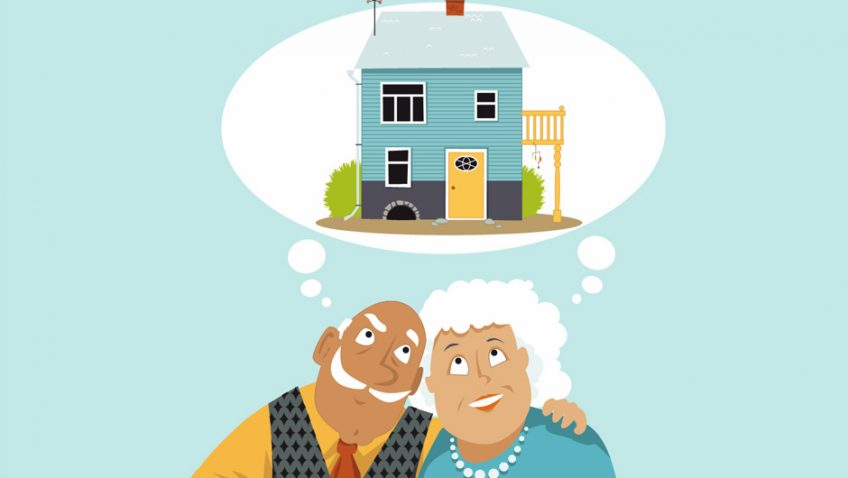The majority of older people in the UK have no plans in place for what kind of property they want to live in as they move through retirement, according to recent research.
The provision of more homes suitable for retired people is a major cornerstone of the current debate over what kind of properties the nation needs to be building at a time when there is a chronic shortage for sale and to rent.
Recent research shows that 73% of respondents have no plans in place for retirement accommodation or their care provision in later life and 42% believe there is a lack of suitable properties in the UK to downsize into.
‘There is a clear need for a new breed of retirement communities in the UK. The baby boomers have voiced objections to living in the same way as their parents in retirement,’ said Stephanie McMahon, head of research at Strutt & Parker.
Access to recreational facilities
‘Often in good health, with decent pensions and active lifestyles, they want to live where they can continue to enjoy their established way of life, minus the day job. They want access to local culture and recreational facilities such as theatres, farmers’ markets and swimming pools but also accommodation that is flexible enough to meet their future care requirements,’ she pointed out.
As a result of the research the firm believes that what retired people want in terms of buying a home are mixed-use and mixed-age, urban or edge of community developments in towns, cities or large amenity rich villages.
According to Mike Adams, chief executive officer of Octopus Healthcare, the retirement housing market is undersupplied and there is a pressing need for well-designed and well-located stock.
‘There is a hefty shortfall of housing currently available for the baby boomer generation. Only 2% of the UK’s stock is designated as retirement accommodation and it houses just 1% of Britons in their 60s. The number of retirement homes being developed has also decreased dramatically, from 30,000 per year in 1980s to 8,000 per year today,’ he pointed out.
The research also found that 33% want lower maintenance such as modern homes that require less upkeep which is why developments with on-site maintenance are particularly attractive to older residents.
Some 26% are looking for accessible homes with level thresholds, fewer stairs and walk-in showers while 23% want a smaller house of two or three bedrooms which still provides space for hobbies, guests or storage.
Reduced outgoings
Along with this 22% wish to reduce outgoings. Recently built homes are seen to do this by being better insulated and more energy efficient compared with older properties. 20% still want a garden, but smaller as outside space is regarded as important for relaxation or pets. Keeping the garden to a manageable size is crucial.
According to Age UK, if just half of the 58% of over 60s who are interested in moving were able to do so, it would release £356 billion worth of property into the market, of which nearly half would be three bedroom homes, suitable for those with young or growing families.
Affordability
‘While a minority are financially footloose and able to make use of their increased spare time with travel and leisure activities, the majority are concerned about the affordability of future health and care needs, their ability to stay independent and their access to friends, family and companionship. Consequently, retirement developments that incorporate good public transport, a sense of community and access to health and leisure activities are most likely to succeed,’ Richard Harris of Strutt & Parker added.
Have you thought about your housing options as you age? Have you already made some choices? We should like to hear your opinions and experiences.





